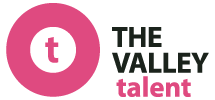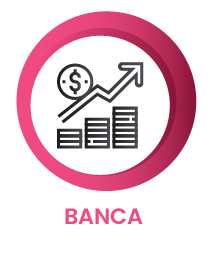- Data strategy allows companies to analyse employee productivity and job satisfaction, opening the pathway to improved recruitment processes and the development of tailor-made professional careers.
Following suit of most professional sectors, Human Resources has implemented Big Data, and its ability to study and predict employee behaviour, to gain competitive advantages. One of the most popular tools is People Analytics:
We have identified three fundamental challenges that companies must carry out, to fully benefit from utilising Big Data within Human Resources.
- Establish yourself as a secure management system by implementing both preventative measures, that perform comprehensive and large-scale monitoring of website traffic, as well as the application of algorithms to identify foreign access routes.
- Increase transparency in the use of data by adapting to the new GDPR (General Data Protection Regulation) by updating your privacy policy.
- Optimise the quality standards of the tools to be used to ensure that the information is accurate, reliable, comprehensive and accessible.
What are the advantages? You can review and analyse team performance and satisfaction
People Analytics provides a wealth of advantages for the Human Resources department; advantages that have a direct impact on processes and result in a more successful decision-making system, that is based on real and demonstrable data. One that leads to fairer and more optimized talent management. The most notable benefits include:
-
Insight into team productivity. Thanks to the monitoring, analysis and exchange of data related to objectives and performance, companies are able to gain key insights into their teams’ performance. One thing to keep in mind is that People Analytics has to be managed from a “how is the team contributing to the process?” point of view rather than, “what are their competences or skills?”. It is also useful when it comes to internal promotion processes and when establishing more flexible compensation schemes, based on individual performance.
-
Improvement of the recruitment process. The large amount of data extracted from CVs and other external sources, such as LinkedIn, can be harnessed to achieve more strategic and analytical recruitment processes. It is also possible to complete the selection process by launching simulated assessments in which, by mimicking specific scenarios that are encountered in the job role that the company is recruiting for, the capacity and quality of the candidate’s decision is verified in real time.
-
Detection of the level of employee satisfaction. With surveys it is possible to know if the work team is motivated or not and if the development opportunities offered are being taken advantage of. Here, anonymity is key. This highlights problem areas, provides insight into what causes loss of talent (Attrition), and shows, with sufficient margin, how many employees are considering leaving the company and why.
-
Get to know what interests your employees and the connections between them. Developing a company-wide social network is an excellent resource that can be used to analyse; topics of interest to employees, generated connections, knowledge nodes, levels of collaboration and talent detection. The data generated on this network will be both quantitative and qualitative, allowing the company to identify the most productive forms of interaction, and to get to know their team better.
-
Training and development of tailor-made careers. Each employee’s individual data profile helps to establish personalized training programs and gives each person the opportunity to manage their professional career. The benefits of advanced analytics are seen in how it equips employees with the ability to perceive their own suitability for particular job roles or career paths. This, in turn, reduces job dissatisfaction and improves productivity.
-
Allowing Human Resources to dedicate more attention to what matters. Human Resources managers typically allocate about 80% of their time to administrative tasks. With Big Data, more time can be spent expanding on valuable tasks, such as talent management, career development and training. This would undoubtedly improve the connection between the Human Resources department and the strategic objectives of the company.




